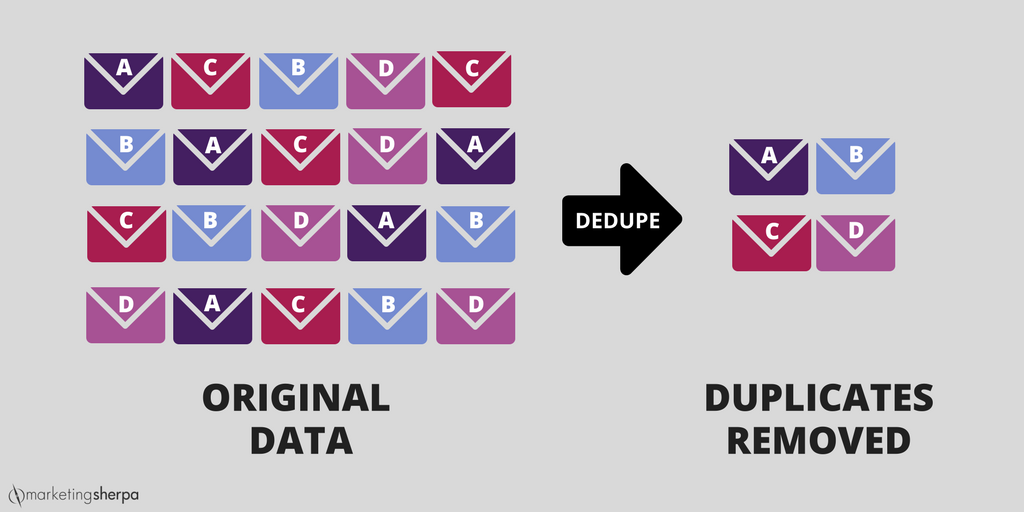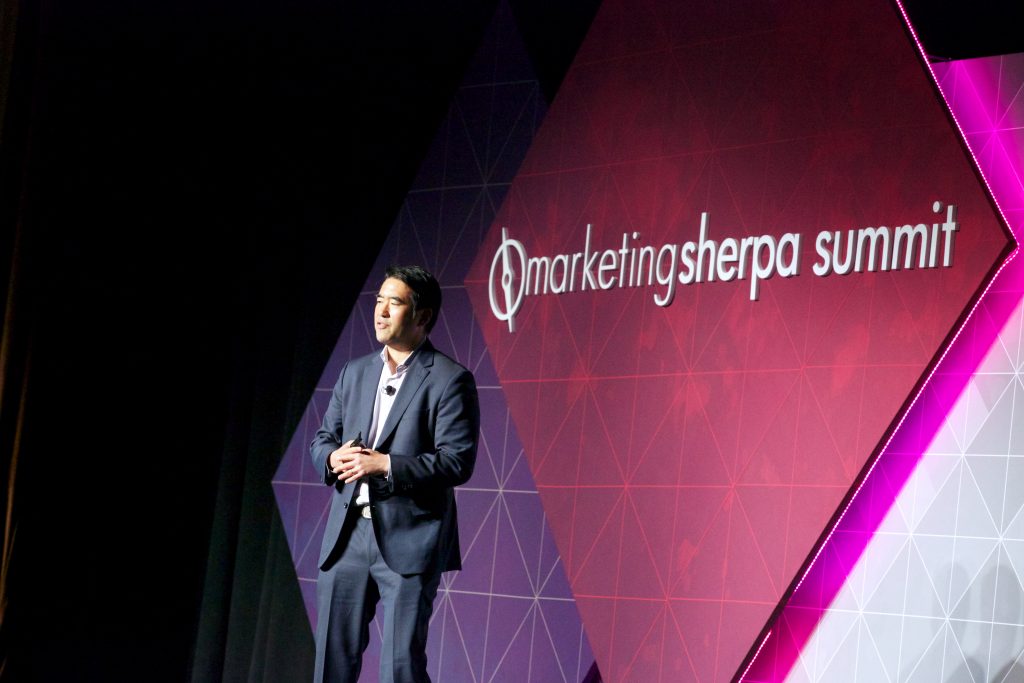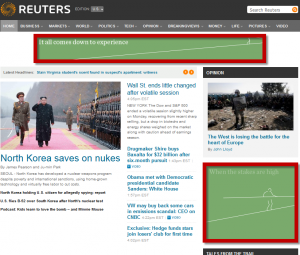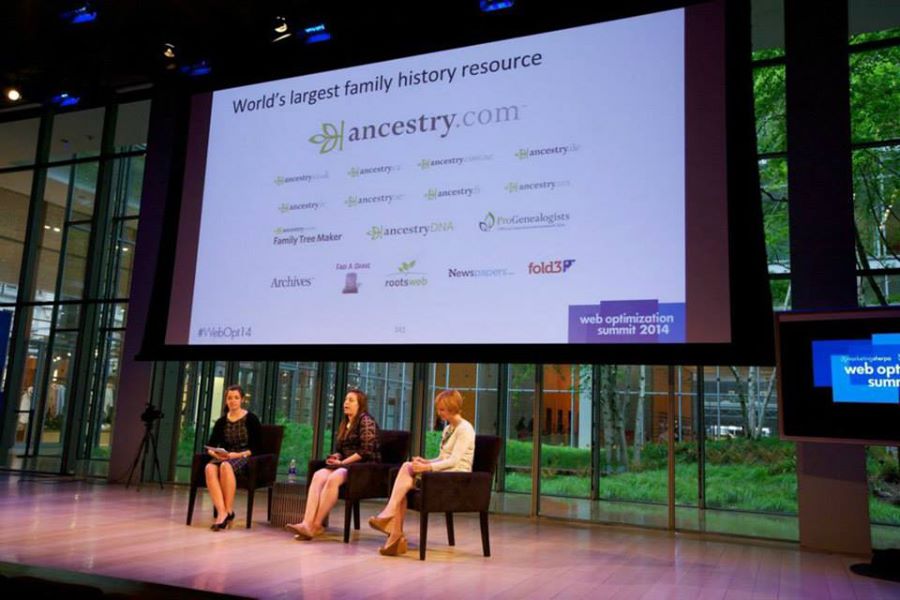Email Clickthrough Rate: 9-point checklist to get more clicks for your email marketing by reducing perceived cost
To help you increase the clickthrough rate of your email marketing, here’s a nine-point checklist for minimizing your recipients’ perceived cost of clicking in your emails. This checklist is from the Email Messaging online certification course taught by MECLABS Institute (MarketingSherpa’s parent research organization).
You can click here to download a PDF of the Email Click Cost Force Checklist (no form fill required, instant download), and I will walk through the checklist step-by-step in this blog post.
EMAIL CLICK COST FORCE
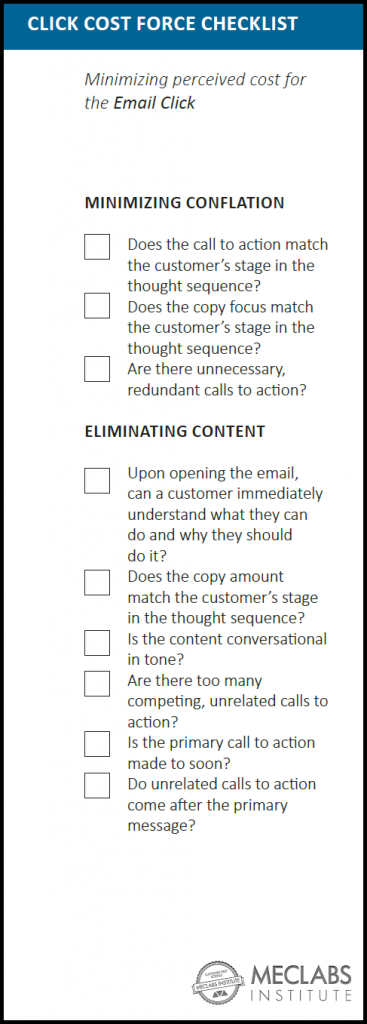 For macro decisions, like a purchase, you likely spend significant time and resources ensuring that customers want to purchase the product.
For macro decisions, like a purchase, you likely spend significant time and resources ensuring that customers want to purchase the product.
However, it’s all too easy to overlook the smaller decisions your customers are making every day — the micro-yes(s) — like clicking through an email.
Every decision you ask prospective customers to make has a perceived value to the customer as well as a perceived cost. The “force” of value or cost is a term designed to discuss the strength of the effect of those elements on the customer’s decision-making process.
Put simply, if the value force is stronger, your customer will take the action you are asking. If the cost force is stronger, your customer will not take the action.
For example, could the customer be concerned that you are sending a phishing email, and by clicking through they will get a virus or be scammed in some other way? That is a cost, a major cost.
But every click has a cost. Even if it’s just the time it takes their phone to load the data of the landing page they are clicking through to.
Now, the actual value or cost of the email click isn’t what determines if your subscribers will act (although it could affect their likelihood to take future actions). It is the perceived cost or value before customers even take that action. After all, they don’t know what value they will really receive or cost they will incur until they act.
This checklist will help you minimize the perceived cost of an email click to help you increase your brand’s email clickthrough rate. For a checklist that will help you maximize the perceived value of the email click, along with checklists to help you grow your email list and increase open rate, you can download this bundle of six email marketing checklists.




